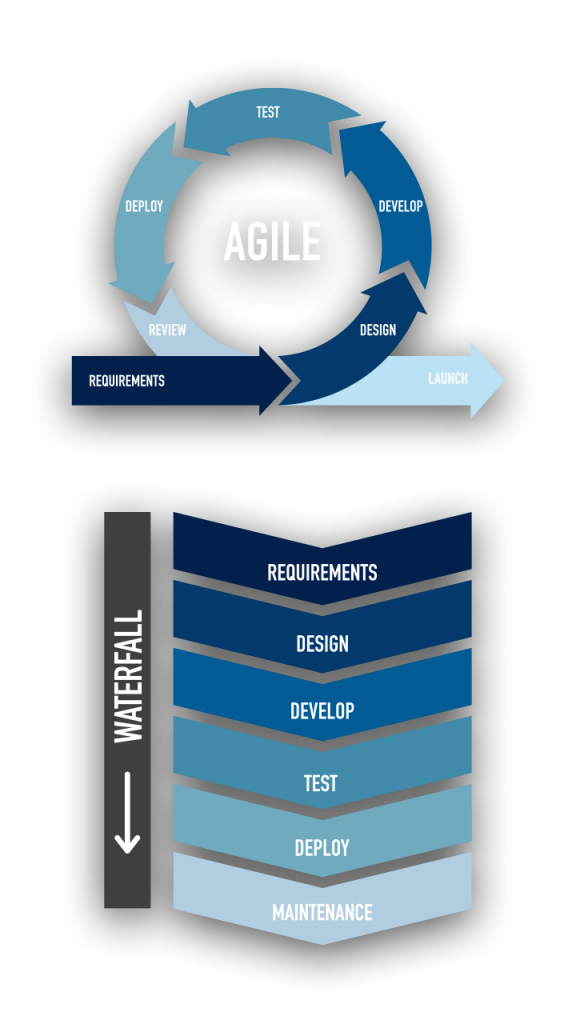Agile and Waterfall are two popular project management methodologies that are commonly used in the development of software and other products. While both approaches have their own set of advantages and disadvantages, it is often necessary to use a combination of both in order to achieve the best results.
Agile is a flexible, iterative approach that emphasizes rapid delivery, continuous improvement, and customer satisfaction. It is based on the idea of delivering small increments of work, called “sprints,” on a regular basis.
This allows teams to quickly respond to changing requirements and to deliver working software to customers early and often.
Adopting Change
In today’s fast-paced business environment, it is often necessary to be able to pivot quickly in response to changing market conditions or customer needs. Agile allows teams to do this by breaking down work into small, manageable chunks and delivering them on a regular basis.
Another advantage of Agile is that it promotes collaboration and communication within teams. By working in short sprints and holding regular meetings, team members are able to stay on the same page and address any issues or roadblocks that may arise.
However, Agile is not without its drawbacks. One disadvantage is that it can be difficult to accurately estimate how long a project will take, as the requirements may change over time. In addition, Agile can be challenging to manage if team members are not fully committed to the process or if there is a lack of clear leadership.
Waterfall, on the other hand, is a more traditional, linear approach to project management. It involves breaking down a project into distinct phases and completing each phase before moving on to the next.
Waterfall is often used in projects where the requirements are well-defined and are not expected to change significantly over the course of the project.
Accurate planning and estimation
Because the requirements are fixed, it is easier to predict how long each phase of the project will take and to allocate resources accordingly.
However, Waterfall can be inflexible and may not be suitable for projects where the requirements are expected to change. It can also be challenging to identify and fix issues that arise later in the project, as they may require going back and redoing work that has already been completed.
Given the advantages and disadvantages of both Agile and Waterfall, it is often necessary to use a combination of both approaches in order to achieve the best results. For example, a project may start with a Waterfall approach in order to establish a solid foundation and to get a better understanding of the requirements. Once this foundation is in place, the team may switch to an Agile approach in order to more quickly respond to changing requirements and to deliver working software to customers on a regular basis.
In conclusion, both Agile and Waterfall have their own set of advantages and disadvantages, and it is often necessary to use a combination of both approaches in order to achieve the best results. By carefully considering the needs of the project and the team, it is possible to choose the most appropriate approach and to achieve success.


